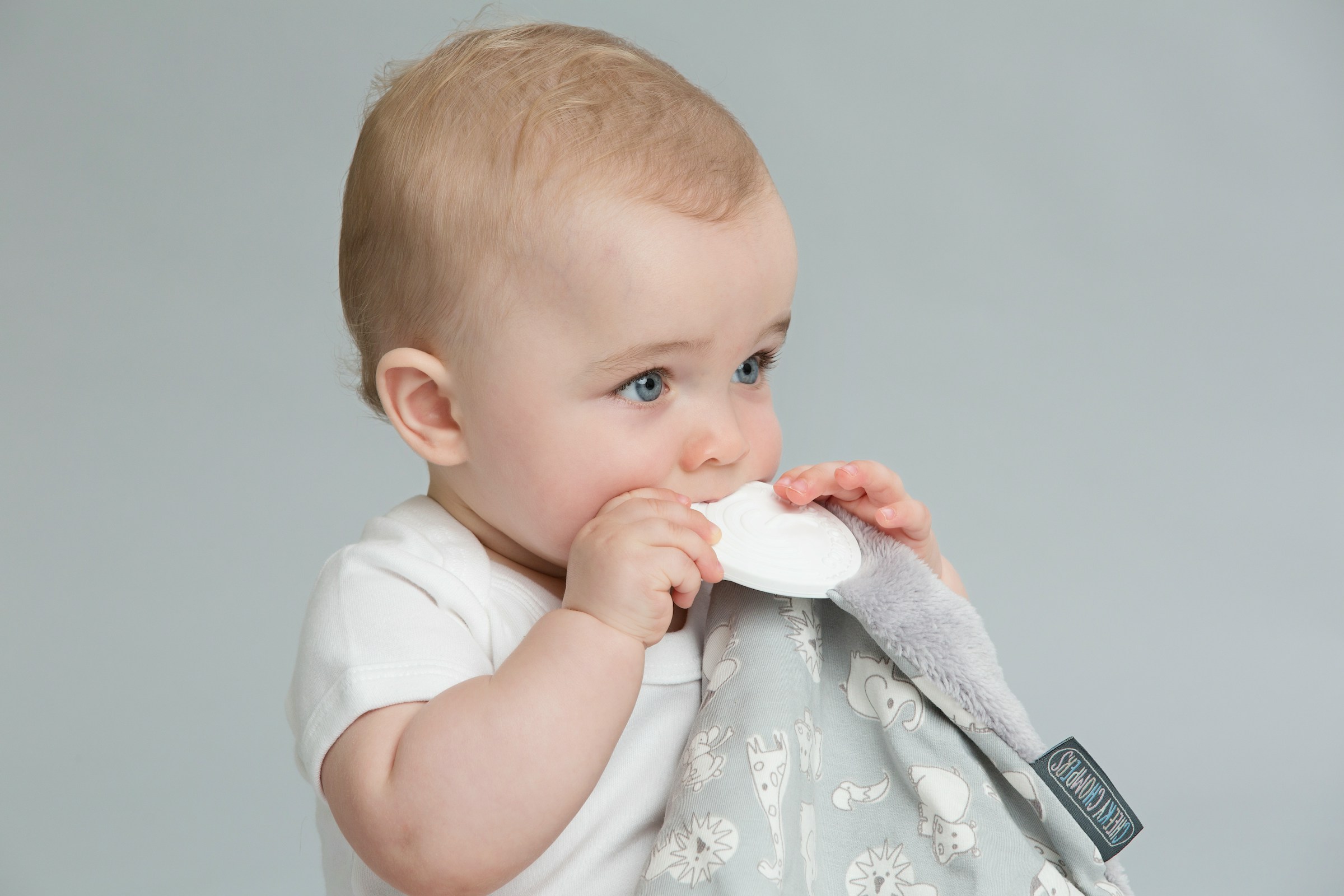3 ways 'BPA-free' won't protect you
What to look out for and what consumers like you can do

A walk through the baby aisle of any pharmacy will reveal a sea of products shouting "BPA-free" on their packaging.
Bisphenol-A — better known as BPA — is an industrial chemical that's used in many household plastics and food packages. It's capable of interfering with the body's hormones, particularly estrogen, and scientists have linked BPA exposure to diseases, such as cancer and diabetes.
With these hazards, the logical solution seemingly would be to shop BPA-free. Unfortunately, it's not really a solution.
What's wrong with BPA-free?
- BPA is in more products than you think.
BPA is so pervasive it's practically unavoidable. In 2012, the FDA banned it from baby bottles and sippy cups — but it's still used in many other items, such as canned food, water bottles and receipt paper.
- BPA is often replaced with a similarly dangerous chemical.
This practice is known as "regrettable substitution." There's no one charged with ensuring replacement chemicals are any safer.
- There are many other unregulated and untested chemicals present in everyday products.
So even if we could limit our exposure to BPA, we still encounter thousands of other chemicals — many linked to human health risks — in products we use every day.
What can you do?
Because this problem is so pervasive, we can't solve it just by how we shop.
Consumers like you, advocates like us and companies that make and sell products all have a significant role to play. We must keep demanding safer products, get stronger rules in place and strive to go beyond simple compliance with the law.










